Climate change displaces Gullah Geechee Blacks in the US
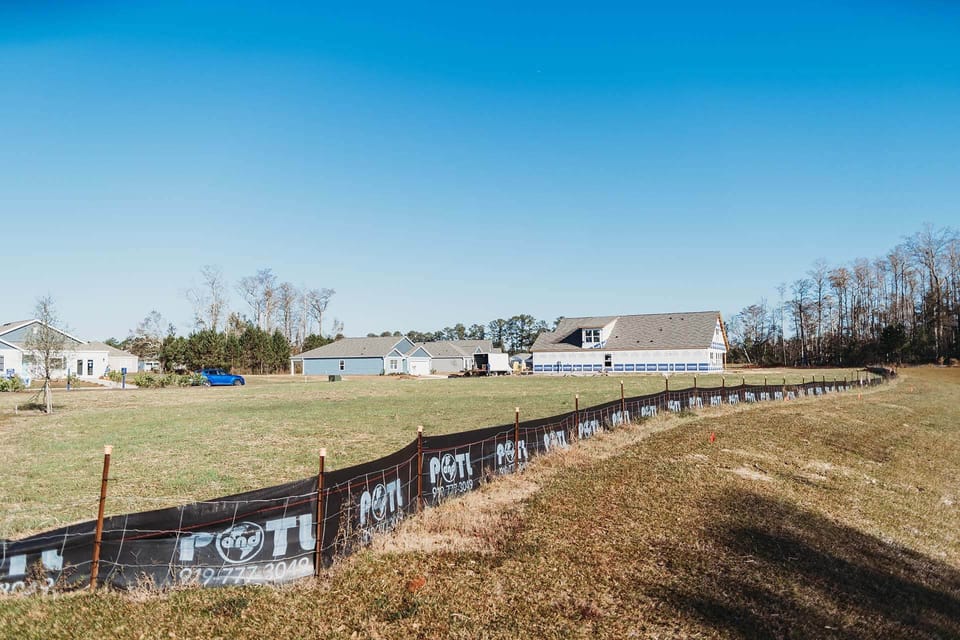
On the East Coast of the US, Gullah Geechee Blacks grapple with a dual threat: climate change-induced disasters and gentrification. Laws and policies, besides hurricanes and rising floodwaters, are forcing them to leave the land where they have lived for centuries, writes Melba Newsome.
Connie McCoy has lived most of his 70 years in this predominantly Black community in Brunswick County, the wedge of land along the Atlantic Ocean just over the South Carolina border. He has watched disasters and flooding get progressively worse with each major storm.
Each time, more of his neighbors are forced to leave, and fewer return. McCoy’s family had managed to stay put. But as Hurricane Florence dropped 30 inches of rainfall on the Atlantic coast in 2018, he knew he, his 92-year-old mother, Mary, and her dog, Honey, would have to leave.
"The water came out of the swamp behind the house, reached the back door and was running through the house like a creek," McCoy said. "We had to wade through water almost up to my waist to reach the hill and the paved road behind the house."
McCoy watched from higher ground as floodwaters rose to the windows, washed debris inside and stood there for days before receding. "It’s something you never forget," he said.
More than a year would pass before they were able to return to a house that had to be stripped to the studs. Nonetheless, McCoy considers himself lucky compared to some of his neighbours who still lack permanent housing.
Brunswick County is part of the Gullah Geechee corridor, 400 miles of Atlantic coastline that stretches from Wilmington, N.C., to Jacksonville, Florida. The corridor was created by the National Park Service (NPS) in 2006 as a National Heritage Area to recognise the contributions and culture of the people who have lived here since their enslaved ancestors were brought from West Africa 400 years ago. An estimated 1 million Gullah Geechee people live in the corridor, according to the Pew Charitable Trusts.
The county is also a microcosm of the ways historically Black coastal communities are being displaced by a combination of climate-related events, land loss and unaffordability. It is a fast-growing bedroom community for people seeking to escape more expensive places like Wilmington and Myrtle Beach, driving up housing prices and property taxes on homes and land that have been in families for more than a century.
Climate change has increased storm surge, high tide flooding and saltwater intrusion for millions of Americans. The Gullah Geechee corridor is particularly vulnerable to more intense and frequent weather events due to its location along the flat, low-lying coast, which is experiencing rapid sea level rise of one inch every two years. It is also why the people who occupy the corridor are frequently referred to as some of the most climate-threatened people in the world.
A study from the National Academies of Sciences, Engineering and Medicine concluded that while severe storms fall on the rich and poor alike, socially vulnerable populations are least able to recover.
Jennifer Runkle of the North Carolina Institute for Climate Studies and Leah Handwerger of Appalachian State University found evidence to support that claim when they examined the present and future impacts of sea level rise in coastal North and South Carolina through the lens of poverty and racial segregation. The researchers concluded that 2 feet of sea level rise will increase low-lying flooding by 700 percent in the most economically disadvantaged Black communities that often lack the resources to rebuild.
"Our study spotlights the urgent need to target additional resources to build capacity and empower economically excluded and racially segregated communities in the Carolinas to be resilient in the face of rising seas," said Runkle.
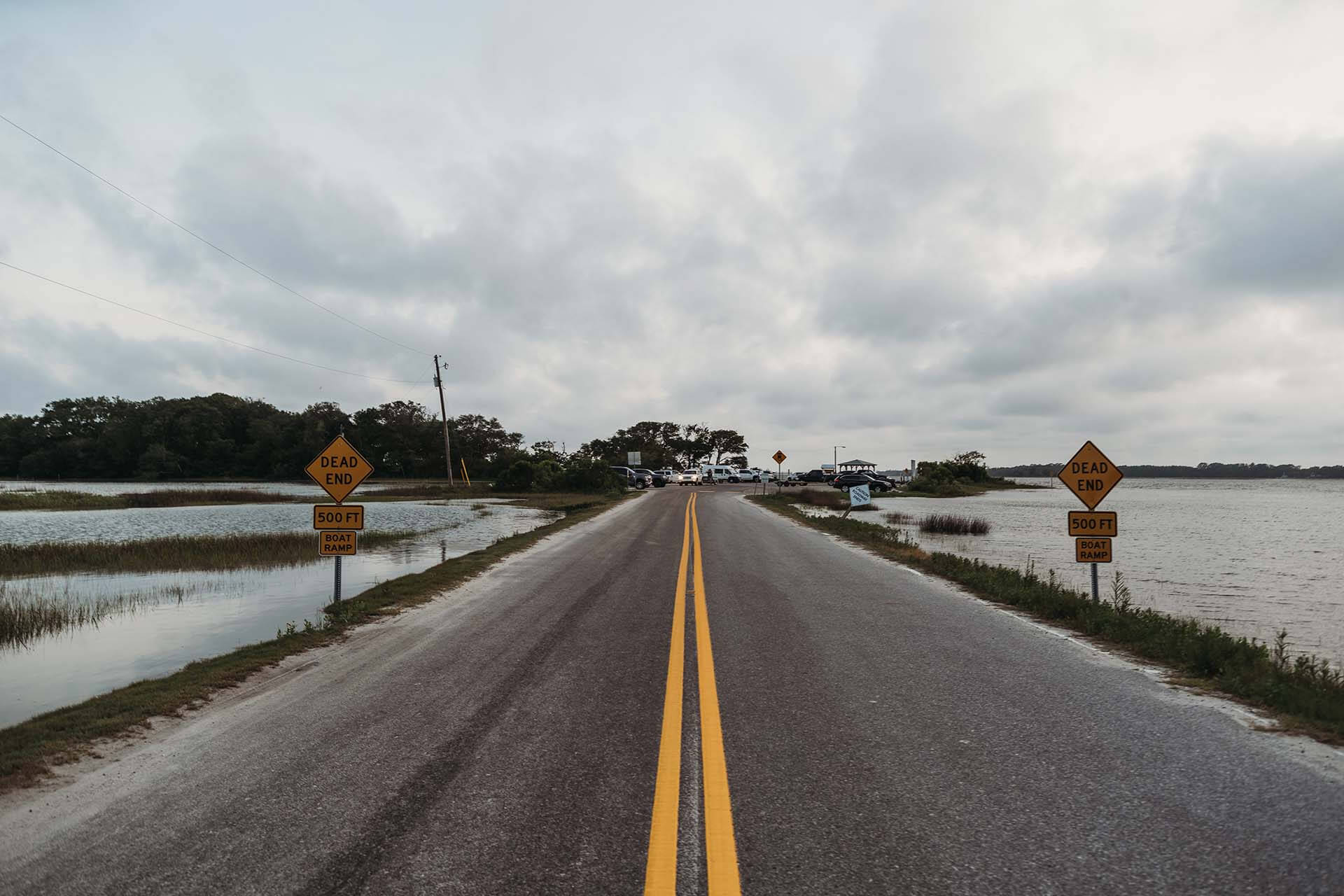
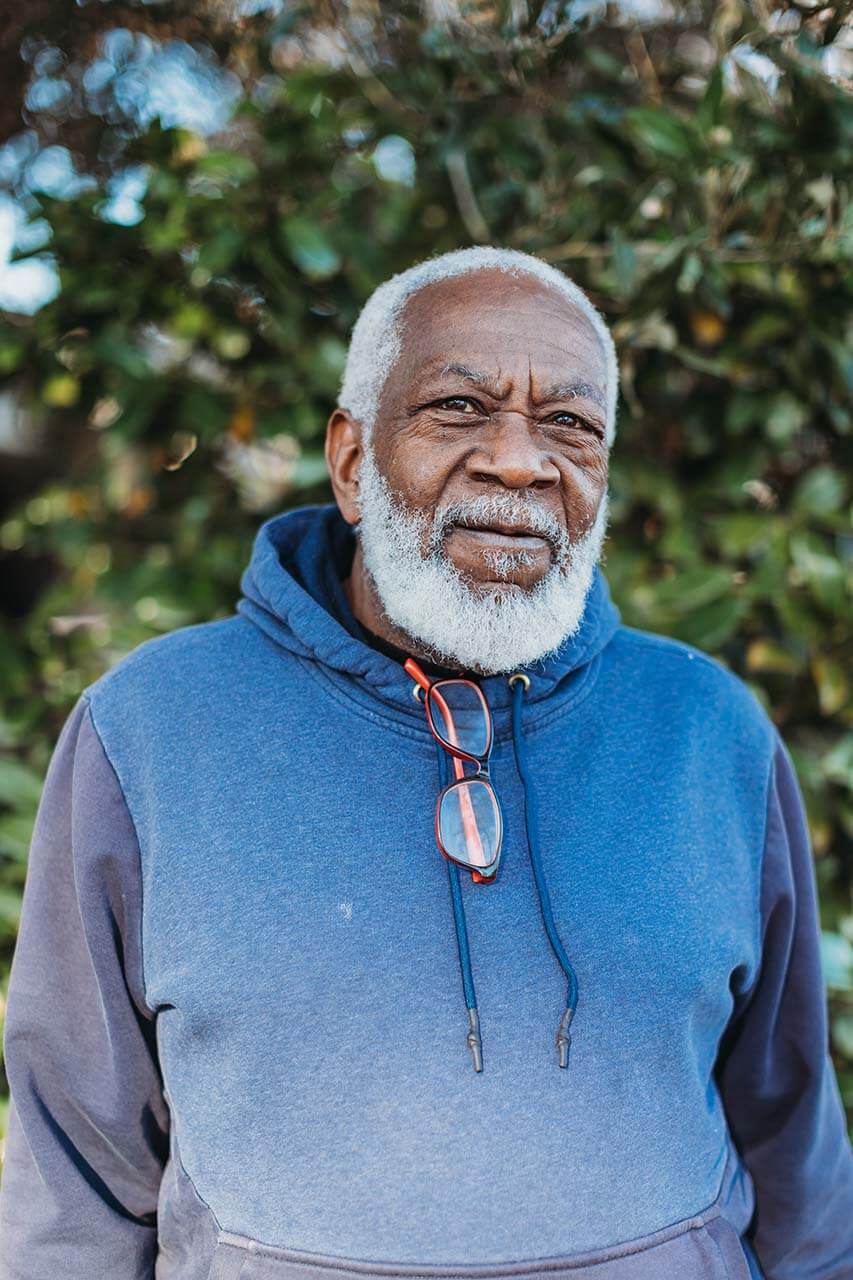
Left: a road in Charleston County, from where the maximum number of Blacks have been displaced. Right: Connie McCoy, longtime resident of Brunswick County, finds the floods and disasters getting worse. Photos: Mallory Cash
The dividing line
Michael Allen recently retired after nearly 38 years as a park ranger and education specialist with the National Park Service at Fort Moultrie on Sullivan’s Island. He loves sharing details about the Reconstruction period and Low Country history, particularly when it comes to the displacement of Black people by enslavement, nature and development.
Allen said he’s proud of the work he did to help increase awareness of the Gullah Geechee culture and being a part of the team that mapped out the plan for the corridor. During the planning stages, the NPS required that the proposed management plan incorporate details about the impact of climate change on the coast, as well as the threat of gentrification and displacement. But Allen said he often wonders if the extra visibility has been a good thing, considering how broadly those warnings are playing out and at what cost.
For years, South Carolina’s growth has been driven by migration from other states, with more affluent White people leading the way. That growth has been most pronounced in metropolitan and coastal areas. In many of those same areas, the Black population has been falling.
Charleston County, for example, lost a larger number of Black residents during the past decade than any other county in South Carolina, despite an overall jump in population growth that has fueled a boom in new housing construction from the historic peninsula to the outlying sea islands.
"Since more people know about the culture and the Low Country landscape, more folks are moving to this area, which has greatly impacted the fragile environment and ecosystem," said Allen. "The expansion and new development are a direct attack on historic Gullah communities and have caused collateral damage to the soul of the corridor I could never have imagined 35 years ago."

Modern-day displacement
Allen contends that in order to understand the genesis of the modern-day displacement of Black people, one needs to go back to 1989, when Hurricane Hugo devastated a large swath of the southeast coast, barreling through the Low Country, Pee Dee and the heart of South Carolina, causing USD 6 billion in damages in the state.
"The playing field was already uneven, but Hugo just exacerbated it," said Allen. "Hugo was the dividing line when a lot of people lost their property or places were destroyed. In the ’30s and ’40s, houses were built on the ground. Under the new policies that were established after Hugo, you have to elevate your house – which they can’t afford to do. So you lose it or sell it or do whatever."
The Ansonborough Homes housing project near the Charleston waterfront is a telling example of post-Hugo displacement. The 162-unit complex was swamped during the hurricane, and testing later found a cancer-causing contaminant in the soil, likely from a power plant that had operated nearby. The complex was demolished and the tenants relocated, amid protests from Black residents. After cleanup, some affordable housing returned to the site in the form of senior apartments. But they were surrounded by high-end offices and luxury condos that sell for USD 500,000 to USD 1 million.
Something similar happened in Wilmington following Hurricane Florence in 2018. Public housing units like Jervay, The Glen, Market North and the Cape Fear Hotel Apartments suffered extensive damage and more than 2,000 residents were forced to find other housing. Some of the buildings were demolished and others are yet to be repaired.
"Those places were built so that people with a moderate to low income would have different places to live," said Deborah Maxwell, North Carolina NAACP president and a Wilmington native. "Now, with the housing prices so crazy, no one could afford to live there, those people may never be able to come back."




Flooding in downtown Wilmington during Hurricane Ian, which made landfall just south of Georgetown as a Category 1 hurricane in September, 2022. Wilmington is at one end of the Gullah-Geechee corridor. Photos: Mallory Cash
Fighting to preserve heritage
Retired school teacher Bill "Cubby" Wilder, 82, can trace his ancestry back at least four generations to James Island, the barrier island 10 minutes from downtown Charleston where his ancestors were both enslaved and freed. Later, they were among the Black farmers who bought small plots of land post-emancipation and transformed the Sol Legare plantation into a freedmen settlement.
He has spent decades trying to preserve the community’s heritage and history. In 2019, he succeeded in having Mosquito Beach, one of the southeast’s most prominent Black beaches during the Jim Crow era, listed on the National Registry of Historic Places. He is working to restore the buildings while also fighting an uphill battle to keep as much property as possible in Black hands, including blocking the sale of six acres to a developer who plans to build luxury homes there.
Wilder said when he grew up, seeing a White person on the island made him do a double take.
"Back in the day, we got to these areas because White people didn’t want to live here because of the mosquitoes and the gnats. Now, they got all these pesticides and things so they can tolerate it and they want to move back here," he said.

Allen’s wife, Latanya, also grew up on James Island. She watched as the island’s racial makeup changed after Hugo. When many people in low-wealth communities weren’t able to get their homes repaired or brought up to code, they had to abandon what was increasingly considered prime real estate. The family compound where she and her five siblings grew up surrounded by her father’s siblings and their families is neighboured by new, upscale houses.
"When I grew up, my grandmother had a field there and my uncle farmed that land," she recalled. "The mother who owned the property next to ours died and her daughters had no plans to return, so they sold the land to a developer who built three or four houses there. Now you have USD 300–400,000 houses on a dirt road."
Latanya’s parents are deceased and her siblings scattered as far away as Germany. She worries that the same thing will happen to her family land.
"It’s heirs property, and we really need to do something with it because when my 108-year-old aunt passes away, I don’t know what’s going to happen because so many cousins would have to sign off on it."
Heirs property, real estate jointly owned by all living descendants of a deceased person whose estate did not clear probate, reportedly makes up more than a third of Black-owned land in the south. The US Department of Agriculture has called it the leading cause of Black involuntary land loss.
Jennie Stephens began the nonprofit Center for Heirs Property in 2005 to inform historically underserved landowners about the many legal and administrative problems associated with this type of ownership. For example, if a piece of property is jointly owned by 50 people and a developer persuades just one of them to sell, they can then force the sale of the entire property, often at bargain-basement prices. In addition, because the property is held jointly by all the descendants, no one person has clear title. This limits the ability to insure the property or use equity for improvements or modification. It also makes qualifying for federal disaster assistance difficult, if not impossible.
"We have worked with people in the area where FEMA denied those assistance, and by the time you resolve their title issue, you’ve already passed the deadlines to ask for assistance," said Stephens.
Following the passage of a bill sponsored by US senators Tim Scott, R-S.C., and Jon Ossoff, D-Georgia, the agency no longer requires disaster survivors living on inherited land to prove ownership before they can receive financial help to rebuild. In June, Federal Emergency Management Agency (FEMA) administrator Deanne Criswell testified before Congress that since the policy change, 42,000 homeowners and 53,000 renters nationwide who would have previously been denied received assistance totaling USD 350 million.
Still, the National Flood Insurance Program was built on the premise that floods would be intermittent, not chronic, and isn’t prepared to handle the aftermath of frequent, large-scale climate change-related disasters.
Resea Williams, president of Brunswick Housing Opportunities, a North Carolina economic and housing development corporation, said hazard mitigation has always been racially motivated because many of the Black-owned properties were denied the resources they needed to make their homes sustainable.
"If the property gets flooded, instead of helping them raise the house, they attempt to move them from one area to another or buy them out but never to fully compensate them," she said.

Inequities of disaster relief
FEMA’s National Advisory Council, a federal panel established after Hurricane Katrina, officially accused the agency of bias in a November 2020 report to FEMA’s administrator. The panel said the agency "provide(s) an additional boost to wealthy homeowners and others with less need, while lower-income individuals and others sink further into poverty after disasters."
The report also claimed that FEMA fails to serve people from marginalised racial groups.
"Communities that have been underserved stay underserved and thereby suffer needlessly and unjustly," the authors wrote.
Geologist Robert Young, a professor at Western Carolina University who studies developed shorelines, said that while the federal government is willing to spend money to protect and shore up property deemed valuable, people who live in working-class, blue-collar and poor Black communities are often bought out and/or relocated.
Princeville, N.C., the oldest town in the United States chartered by Black Americans, is Exhibit A.
Located more than 100 miles inland from the Atlantic Ocean, Princeville is generally safe from the climate-related impacts of many coastal towns. However, it sits in a precarious spot along the Tar River, which flooded the area seven times between 1800 and 1958.
The Army Corp of Engineers finally built levees in 1965, but heavy rains from Hurricane Floyd in 1999 breached the dyke and put the town underwater for 10 days. The levees still had not been repaired when they failed again in 2016 and flooded 80 percent of the town following Hurricane Matthew.
The state of North Carolina offered FEMA buyouts to residents after both disasters, but many felt the town’s historical and cultural significance were too important to abandon. Other owners had heirs property and were not eligible for assistance; still others were willing to accept the buyout but were stymied by the details.
"A lot of the residents didn’t understand the process," said two-term Princeville Mayor Bobby Jones. "If you take the buyout, everything that’s owed on that home has to be paid out of the funds, and what’s left over isn’t enough to move or build your own house."
Many had no choice but to leave. Jones estimates the town has lost a third of its population since Matthew. The money to repair the levee was finally appropriated in 2020, but authorities later determined that the plan would adversely affect other communities. So, more than two decades after the government first promised help, Princeville is still waiting to be made whole.
Jones is frustrated by the inexplicably long delays, which seem designed to make Princeville residents abandon the town.
"These are sacred African American grounds," Jones said. "How dare we be asked to move our town."

Climate change adaptation expert AR Siders has done extensive research on North Carolina. She and others say that despite the legal, logistical, ethical, political, financial and architectural challenges, planned retreat – the purposeful, coordinated movement of people and assets out of harm’s way – should be given serious consideration for under-resourced communities like Princeville.
In 2016, Louisiana received a USD 48 million federal grant to resettle the roughly two dozen families from Isle de Jean Charles to a new development in Terrebonne Parish, about 40 miles northwest.
Many don’t see that as an apt comparison to what is happening throughout the Gullah Geechee corridor, however. Most of the Isle de Jean Charles is now underwater and uninhabitable while wealthy, White people are moving into places throughout the corridor that Black people are being pressed to leave.
Stephens, of the Center for Heirs Property, acknowledges the real threat climate change poses to many marginalised communities, but fears that it may be used as a form of eminent domain to remove more people from lands that have been in the family for generations. "(The center) is trying to develop a solution where the African American families who’ve been there forever don’t have to move but still get the same services as the new, rich White people who move in," said Stephens.
Allen said equitable climate displacement mediation must take into account the cultural implications and loss of generational wealth associated with such relocation programmes and ensure that people not only have the option to move but also have an option to stay.
"In the midst of this change, the question is how can these historic African American communities keep their integrity, their heritage and their lineage intact?"
This story was supported by grants from the Pulitzer Center on Crisis Reporting’s Connected Coastlines initiative and Internews’ Earth Journalism Network, and originally published by the Pulitzer Center.

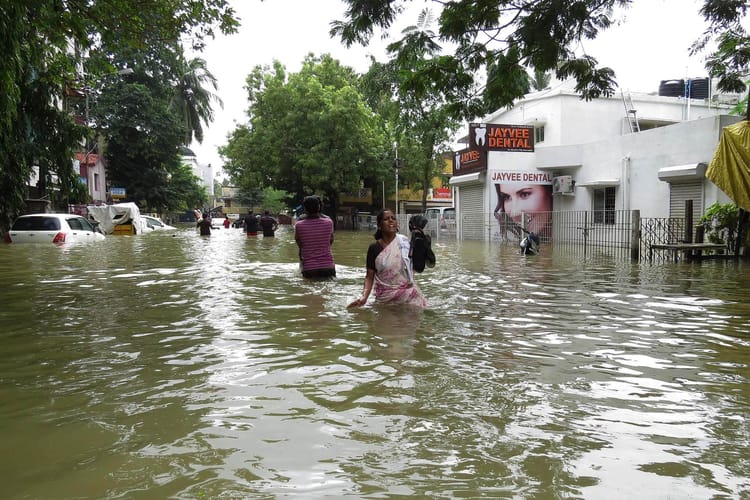

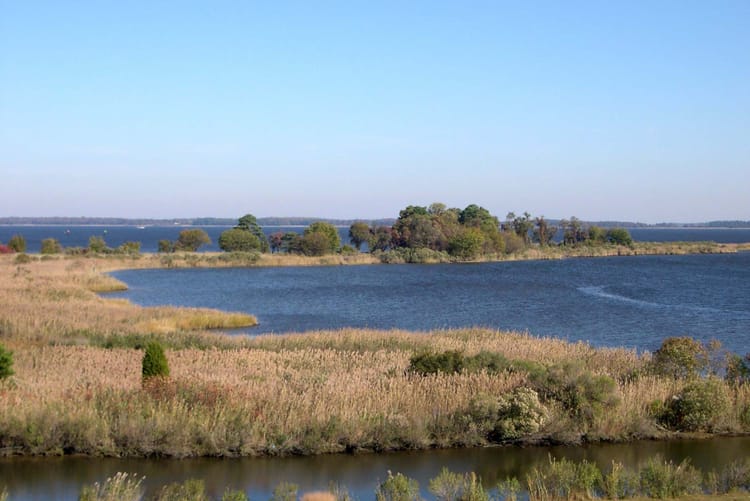


Member discussion